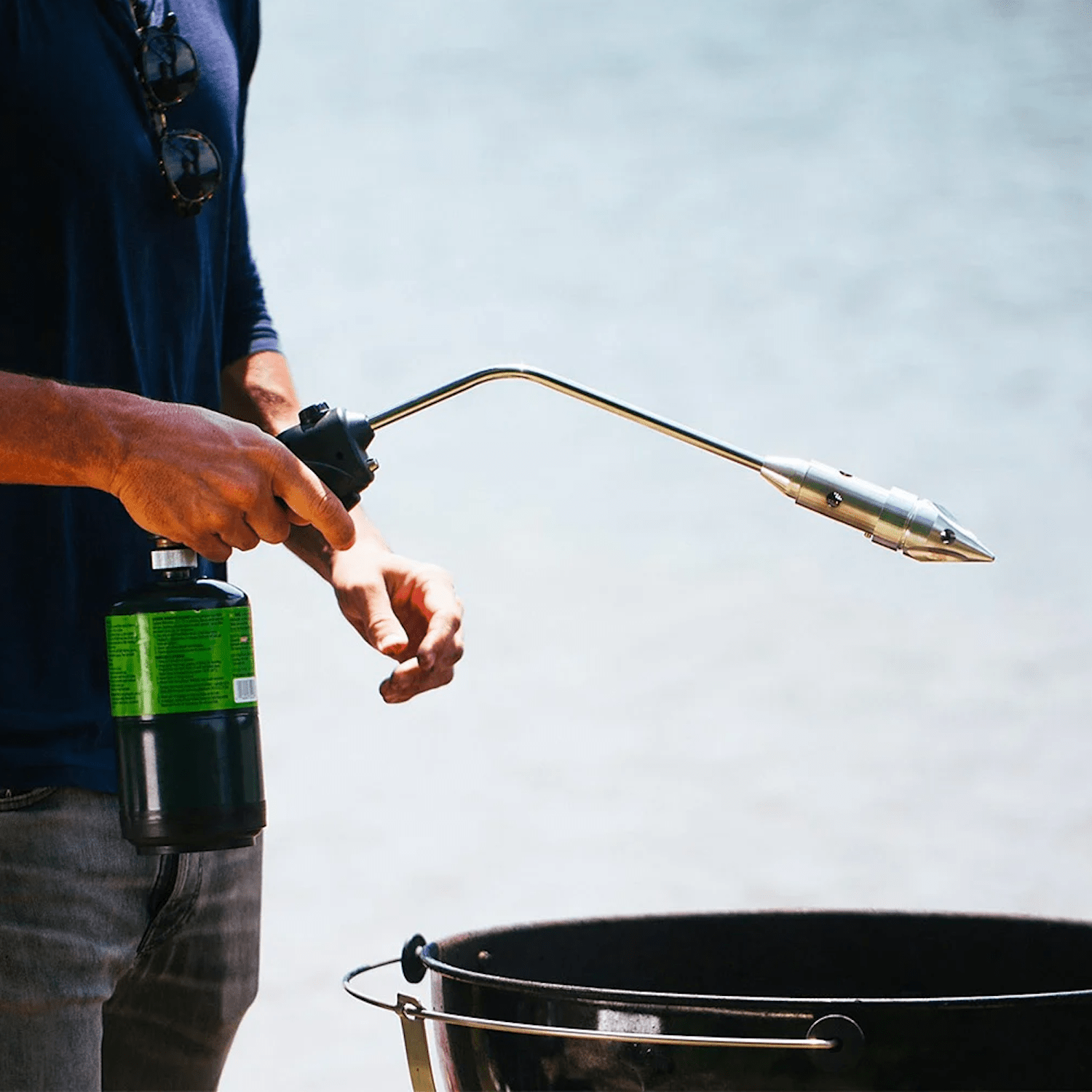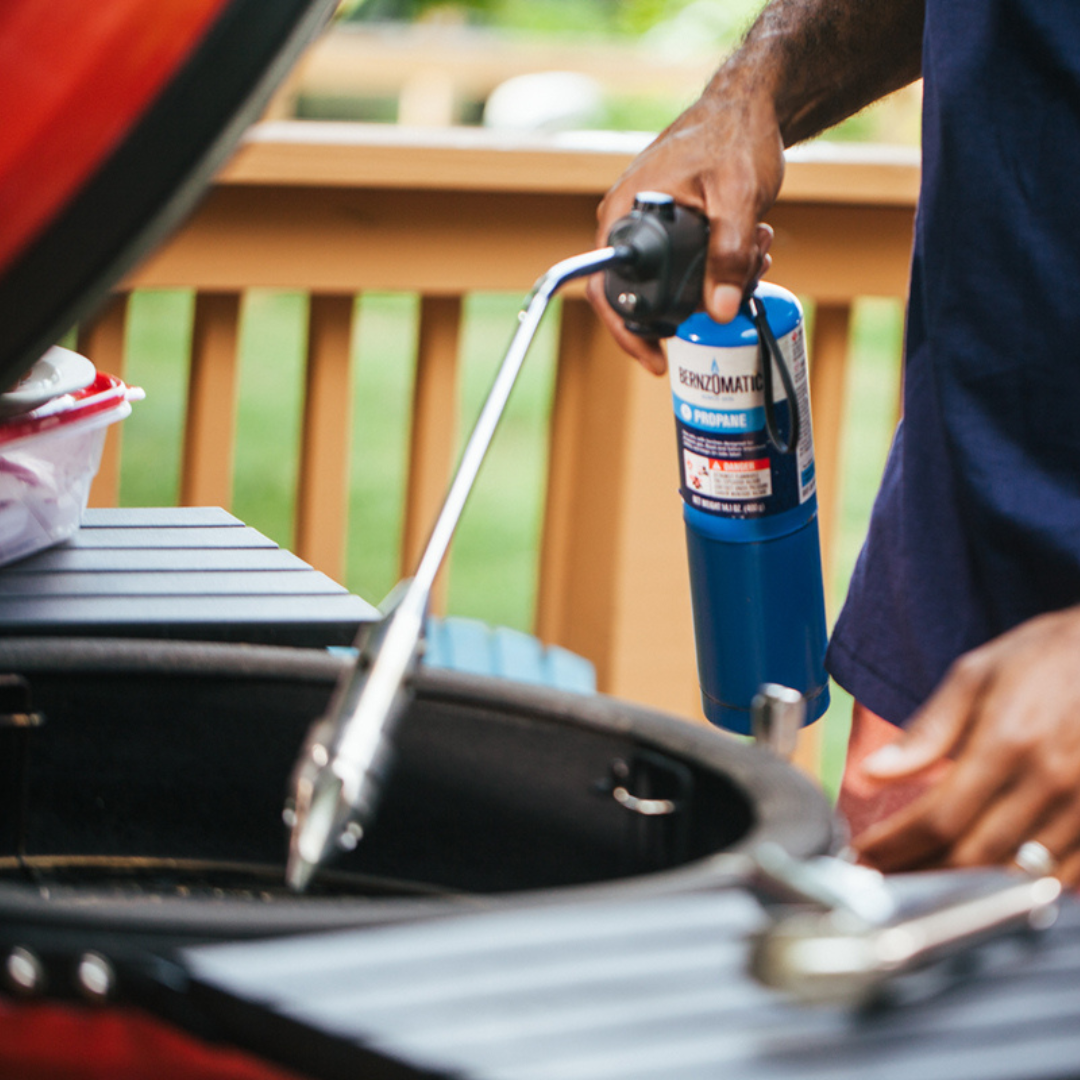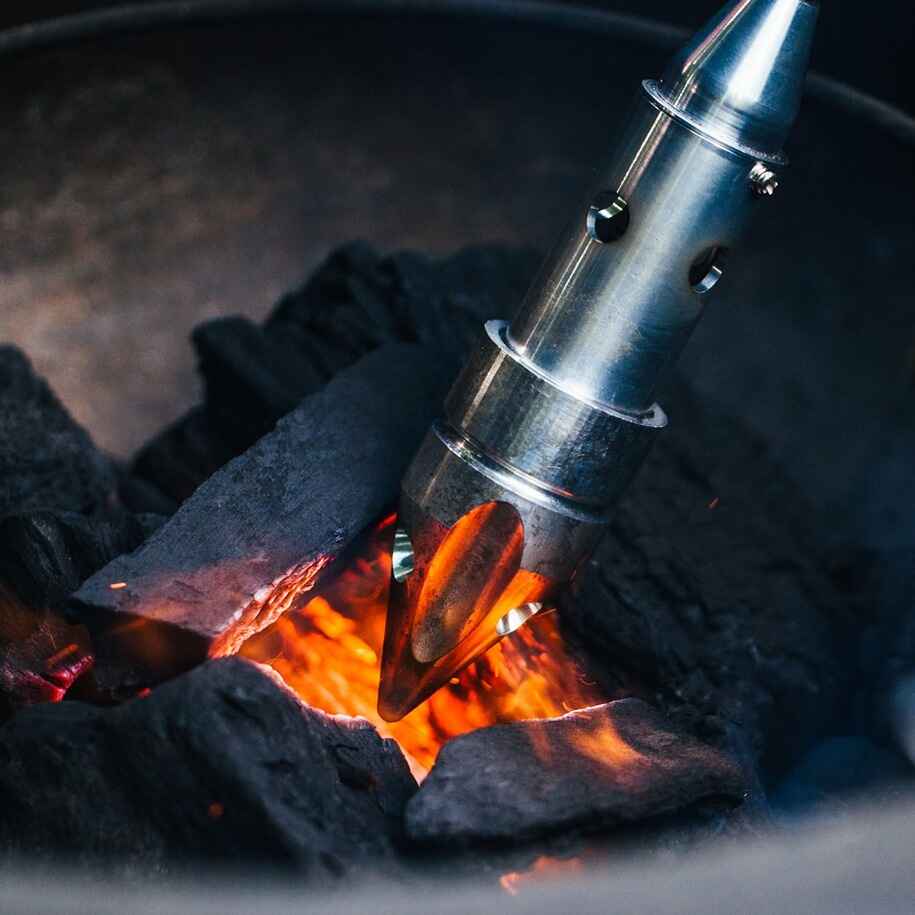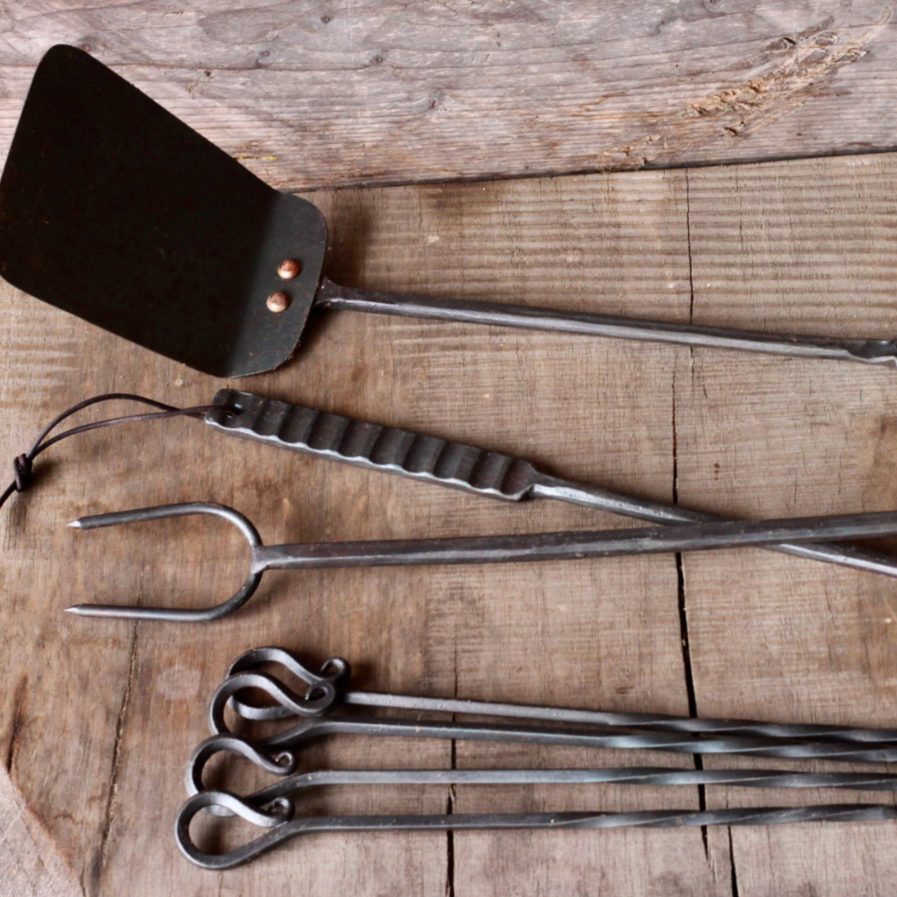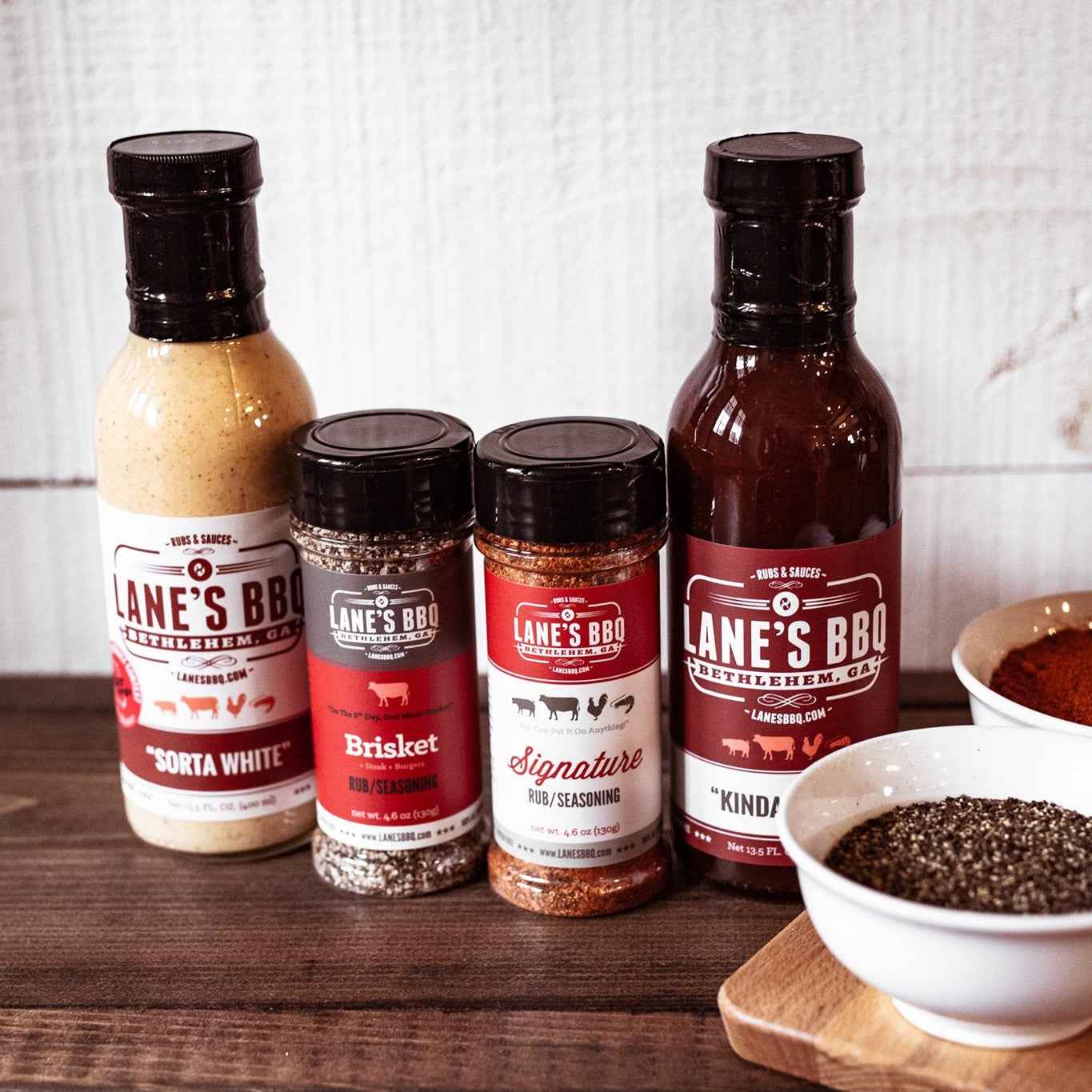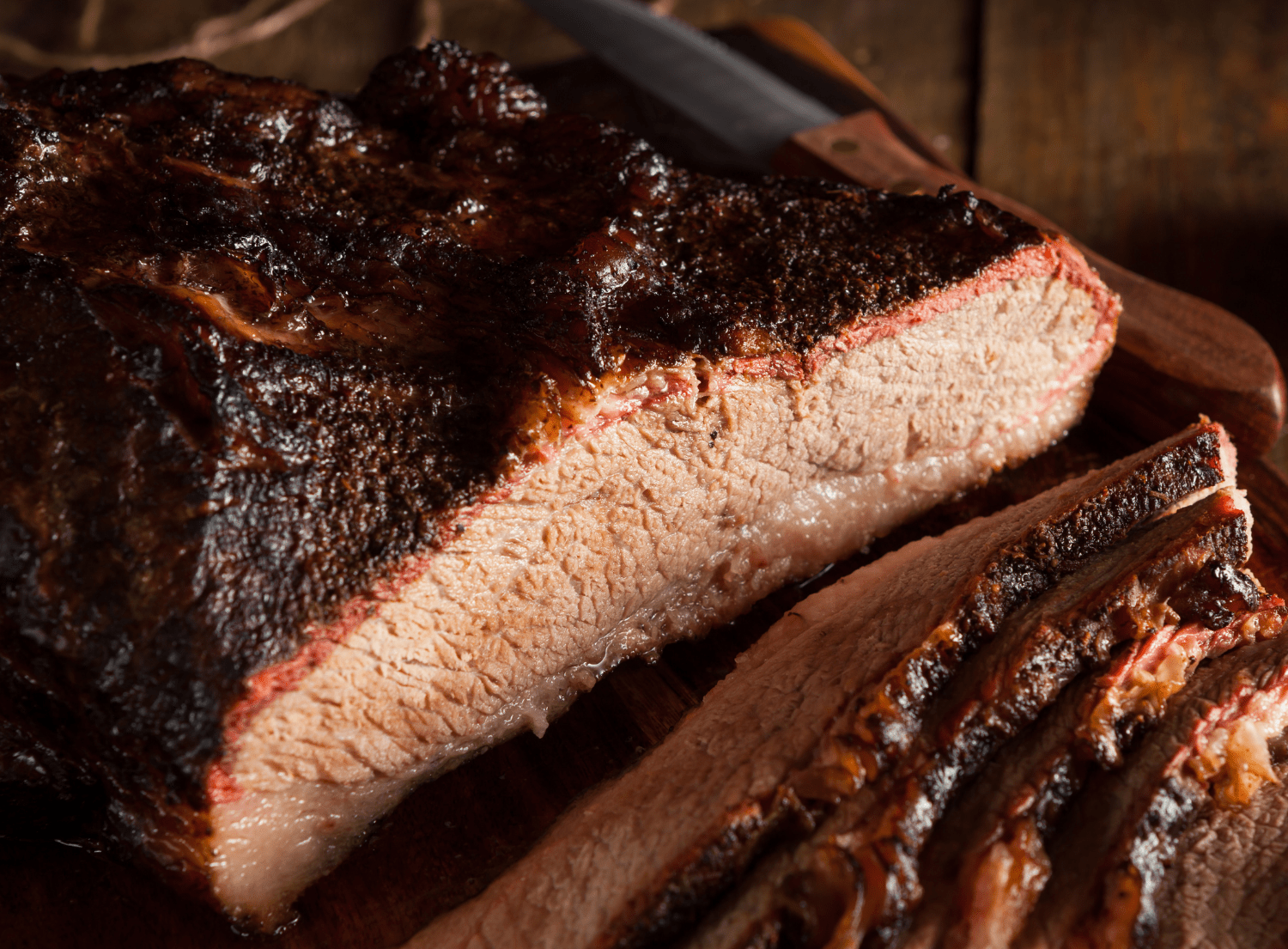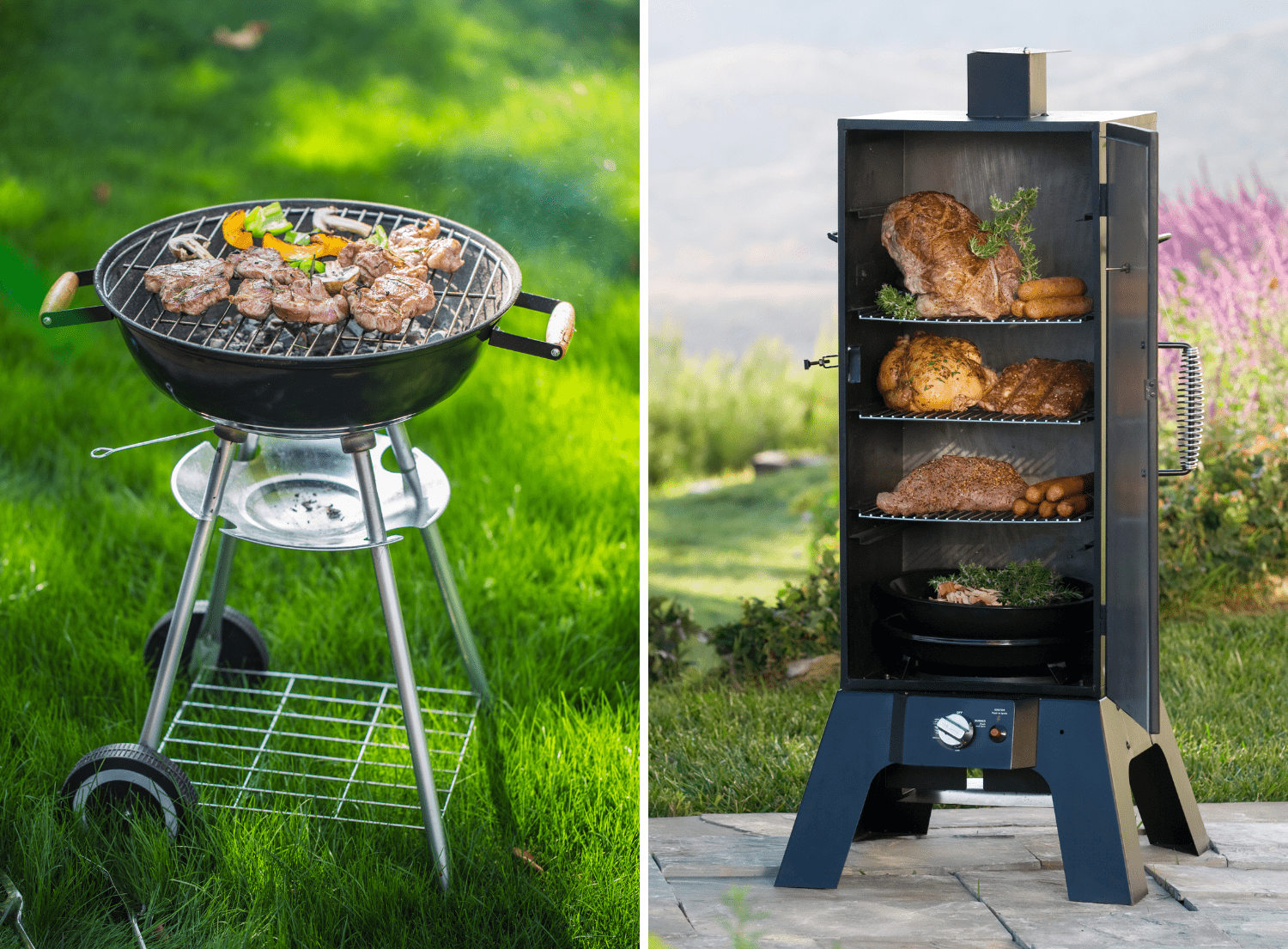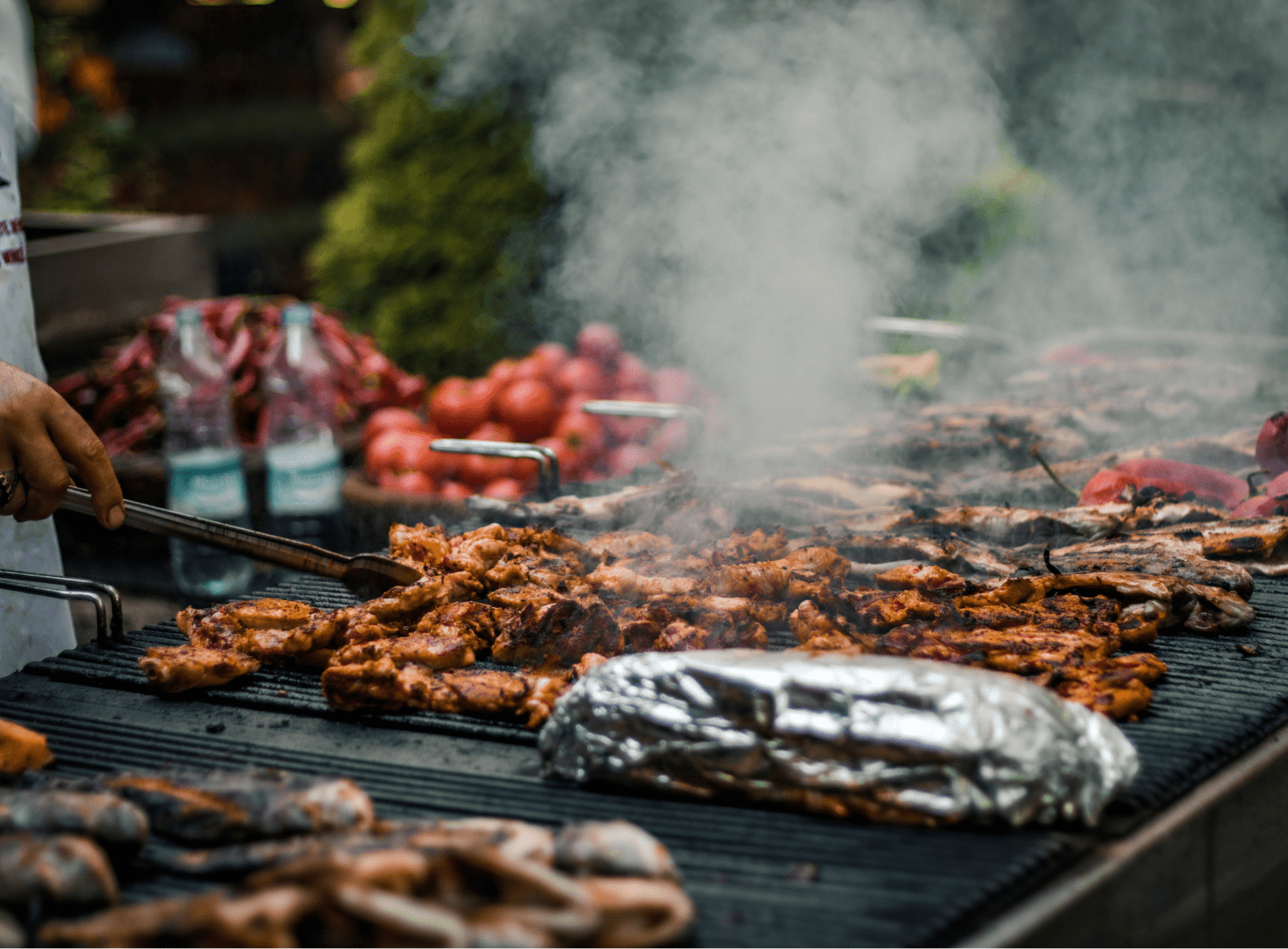There's something undeniably satisfying about the aroma of beef brisket slowly cooking over charcoal, filling the air with anticipation and hunger. Cooking brisket on a charcoal grill requires patience, attention to detail, and a deep understanding of the process.
In this guide, let’s dive into the intricacies of crafting an incredible smoked beef brisket using a charcoal grill, from selecting the perfect cut to mastering the cooking technique and achieving mouthwatering results.
What is Beef Brisket?
Beef brisket, originating from the lower chest area of the cow, is renowned for its delectable taste and tender consistency when cooked with care. Comprising two main muscles – the flat and the point – it offers a balance of textures and flavors. The flat, known as the "lean" portion, boasts a relatively low-fat content, while the point, often dubbed the "fatty" end, features abundant intramuscular fat, enhancing its succulence.
Due to its tough connective tissues, brisket is a favored choice for smoking and slow cooking, gradually tenderizing to create a mouthwatering melt-in-your-mouth sensation. When executed skillfully, brisket delights the palate with its robust beefy flavor, leaving an indelible impression that beckons meat enthusiasts back for more.
Your Guide to Cooking Brisket on Charcoal Grill
Selecting the Perfect Brisket
The foundation of a great brisket starts with selecting the right cut of meat. Look for a whole brisket that consists of two primary muscles: the flat and the point. As we mentioned, the flat is leaner, while the point boasts more marbling. This is sure to add flavor and moisture to the finished product. We recommend aiming for a brisket with a thick fat cap, as this layer of fat will help baste the meat as it cooks, keeping your meat moist and flavorful throughout the long smoking process.
Preparation
Once you've procured your brisket, it's time to prepare it for the grill. Begin by trimming any excess fat from the surface of the meat, leaving behind a thin, even layer to impart flavor and moisture. Next, season the brisket generously with a dry rub made from kosher salt, black pepper, garlic powder, and onion powder. For an extra depth of flavor, consider adding smoked paprika or cayenne pepper to the rub. Allow the brisket to rest at room temperature while you prepare your charcoal grill.
Setting Up Your Charcoal Grill
Achieving the perfect smoky flavor requires careful attention to your grill setup. Start by lighting your charcoal briquettes until they're glowing red-hot. Once ready, arrange the hot coals on one side of the grill to create an indirect heat zone. This setup allows for low and slow cooking, mimicking the environment of a traditional smoker. Place a drip pan filled with water or beef broth on the opposite side of the grill to catch drippings and maintain moisture levels.
Adding Smoke
To infuse your brisket with rich, smoky flavor, soak wood chunks or chips in water for at least 30 minutes before use. Popular wood varieties for smoking brisket include hickory, mesquite, and oak, with each imparting its unique aroma and taste. Once soaked, scatter the wood chunks or chips over the hot coals, allowing them to smolder and release fragrant smoke. Then place the seasoned brisket on the grill grate, fat side up, ensuring it's positioned over the drip pan for indirect cooking.
Maintaining Temperature
Consistent temperature control is crucial for smoking brisket to tender perfection. For best results, aim for a grill temperature between 225-250°F (107-121°C) and monitor it closely throughout the cooking process. Adjust the air vents on your grill to regulate airflow and maintain a steady temperature. Periodically add more charcoal and soaked wood chips to the fire to sustain a steady stream of smoke and heat.
Slow Cooking Speed
Smoking brisket is a labor of love that requires patience and dedication. Plan for a cooking time of approximately 1.5 hours per pound of brisket, but be prepared for variations depending on the size and thickness of the meat. Although it might be tempting, resist the urge to rush the process, as low and slow cooking is essential for breaking down tough connective tissues and rendering fat. On this point, avoid opening the grill lid too frequently, as this can cause temperature fluctuations and prolong the cooking time.
Wrapping and Resting
After several hours of smoking, once the brisket reaches an internal temperature of around 160°F (71°C), it's time to consider wrapping it to lock in moisture and speed up the cooking process. Transfer the brisket to a disposable aluminum pan and add a splash of beef broth or Worcestershire sauce for added flavor. If you're feeling really daring, you can even serve with BBQ sauce. Cover the pan tightly with aluminum foil or butcher paper, then return the wrapped brisket to the grill and continue cooking until the brisket reaches an internal temperature of 195-205°F (91-96°C).
The Finishing Touches
Once your meat thermometer indicates that your brisket has reached the desired internal temperature, carefully remove it from the grill and let it rest for at least 30 minutes before slicing. This resting period allows the juices to redistribute throughout the meat, resulting in a tender and flavorful end product. When slicing the brisket, be sure to cut against the grain to maximize tenderness and texture. Serve the smoked brisket with your favorite barbecue sauce on the side for an extra burst of flavor.
How Long Does a Smoked Brisket Recipe Take?
Determining the precise duration for smoking a brisket on a charcoal grill isn't an exact science. Instead of focusing solely on time, it's crucial to prioritize cooking the meat to the correct temperature for optimal tenderness and flavor. Numerous factors come into play when estimating the smoking time, including the size and thickness of the brisket, the efficiency of your grill, and environmental conditions. Therefore, relying on the internal temperature of the meat is paramount.
While many grills come equipped with built-in thermometers, they often provide inaccurate readings, as they measure temperature in a single location, typically away from where the brisket sits on the grate. To ensure precision, it's advisable to use a reliable probe thermometer to monitor the temperature at the cooking surface level where the brisket resides. By prioritizing temperature over time, you'll achieve consistently excellent results with your smoked brisket on a charcoal grill.
What To Serve with Beef Brisket?
When serving beef brisket, it's vital to pair it with sides that enhance its rich and savory flavor. Classic options like creamy mashed potatoes or buttery roasted vegetables, such as carrots and Brussels sprouts, create a comforting balance alongside the hearty brisket. Alternatively, serving coleslaw or a crisp garden salad with a tangy vinaigrette provides a refreshing contrast, cutting through the meat's richness. For a more indulgent combination, consider baked macaroni and cheese or cheesy scalloped potatoes to elevate the meal with an extra layer of indulgence. Regardless of the choice, selecting sides that offer a mix of textures, flavors, and contrasts can elevate the dining experience when enjoying beef brisket.
How Much Brisket Per Person?
Determining how much brisket to prepare per person for your party involves considering various factors. Firstly, assess whether brisket will be the sole main course or if there will be additional options. Consider whether it will be served as sandwiches, as standalone meat, or both. Take into account the number of side dishes and whether dessert will be served. Additionally, consider your guests' preferences; if they're avid beef enthusiasts, you might want to prepare a bit more. As a general guideline, plan for about ½ pound of uncooked trimmed brisket per person, and then adjust this estimate based on your answers to these questions. This ensures you have an ample amount of brisket to satisfy your guests' appetites.
Lighting your Charcoal Grill
Achieving the perfect flame to ignite your coals is crucial for ensuring your beef brisket’s flavor and tenderness. The RocketFire™ Fire Starter is the ultimate solution, offering unparalleled ease and efficiency in lighting your grill. With its powerful flame and ergonomic design, this innovative tool swiftly ignites the charcoal, eliminating the need for messy lighter fluid or time-consuming chimney starters. Additionally, its precision control allows for effortless adjustment of the flame intensity, ensuring an even distribution of heat for consistent cooking. Whether you're a seasoned pitmaster or a backyard barbecue enthusiast, The RocketFire™ Fire Starter streamlines the grilling process, guaranteeing deliciously smoked beef brisket with minimal effort and maximum convenience.

